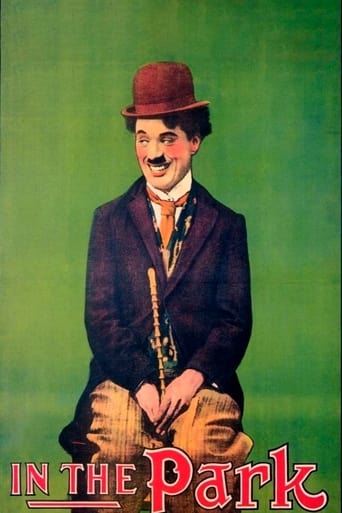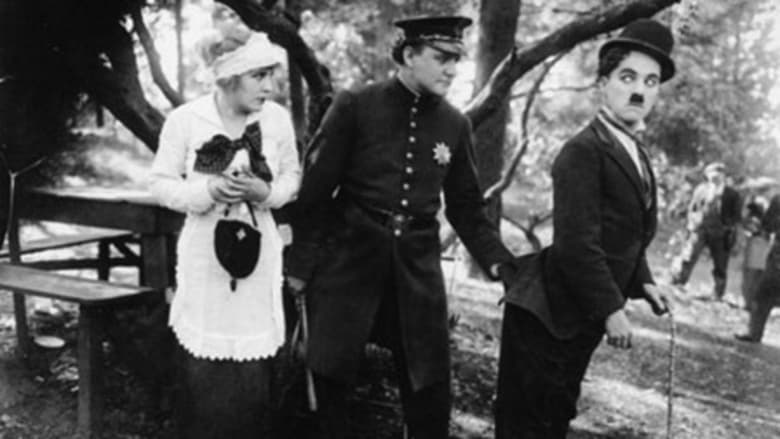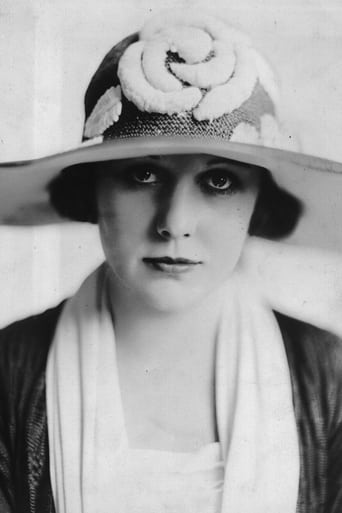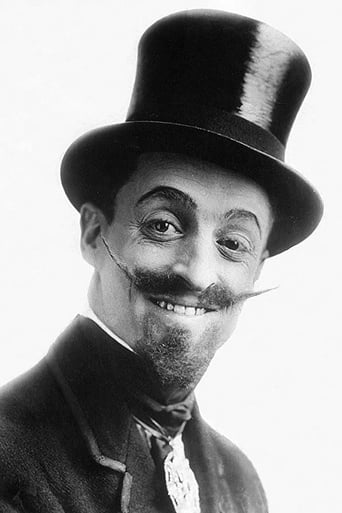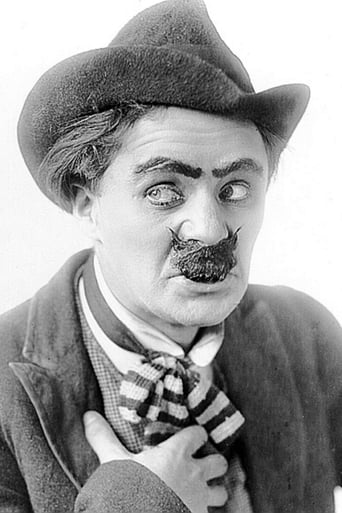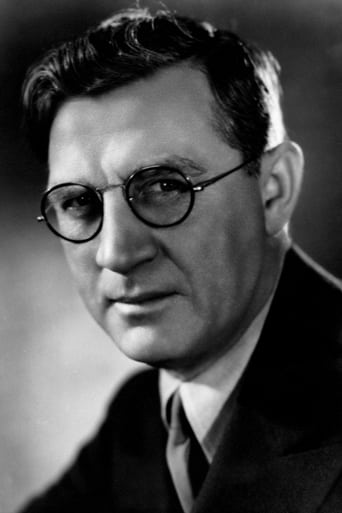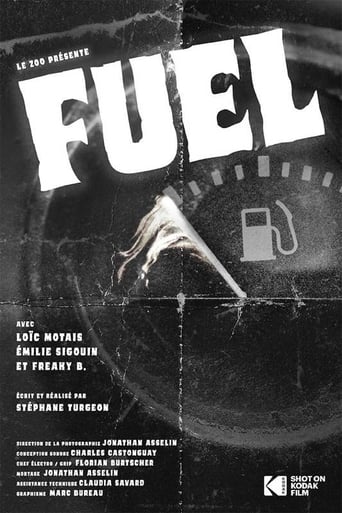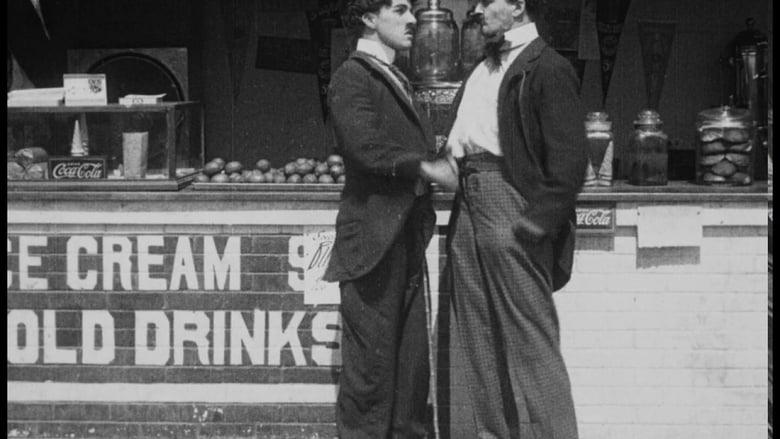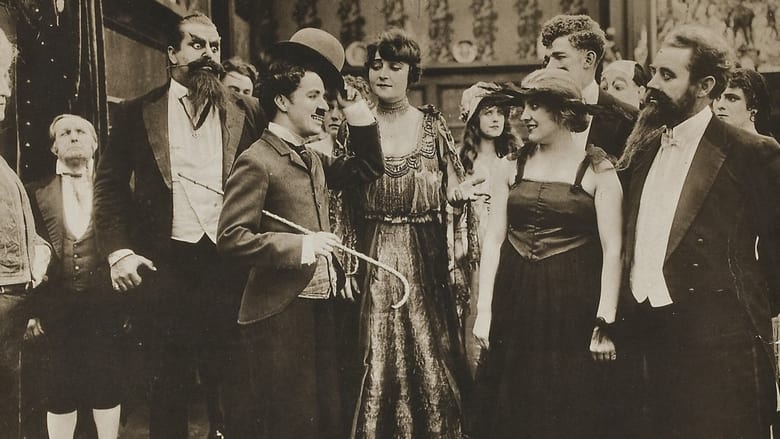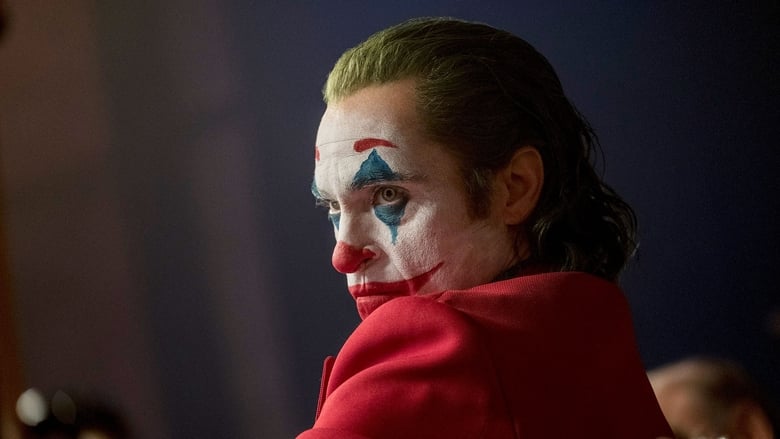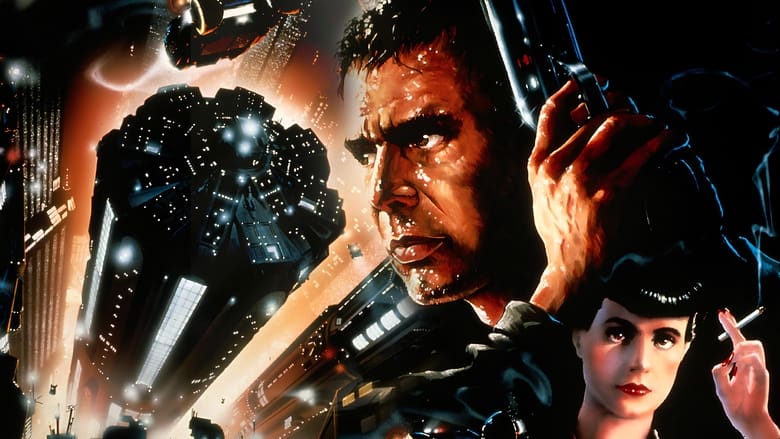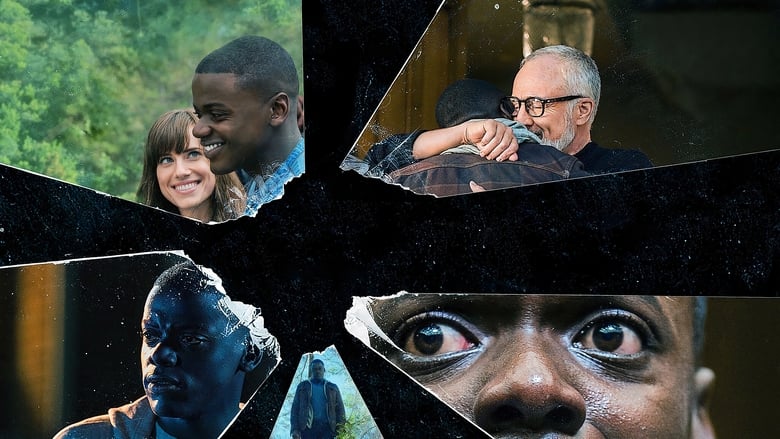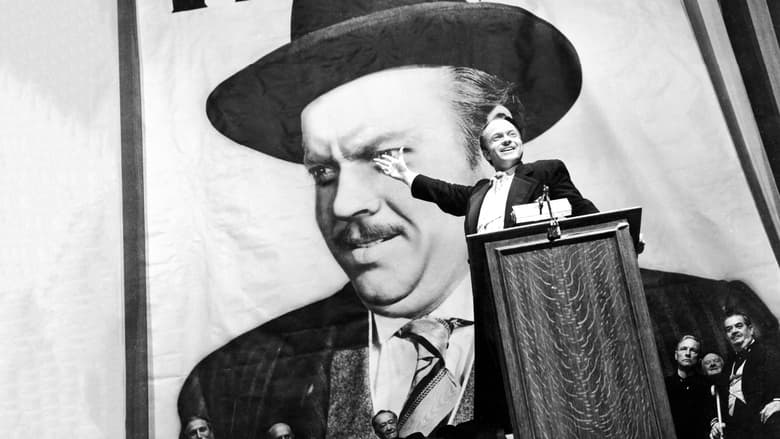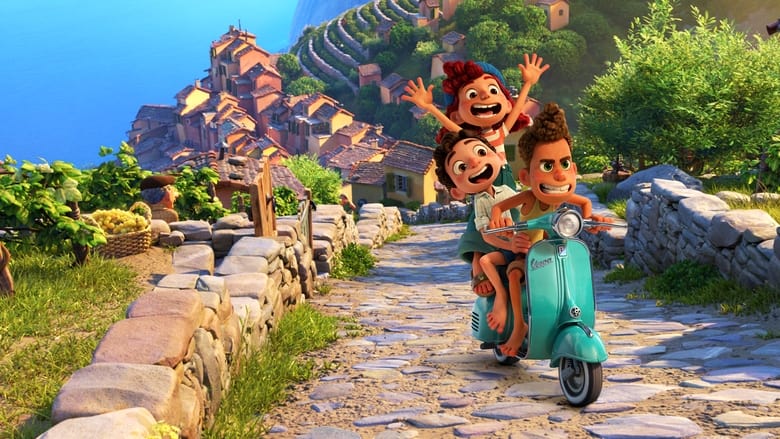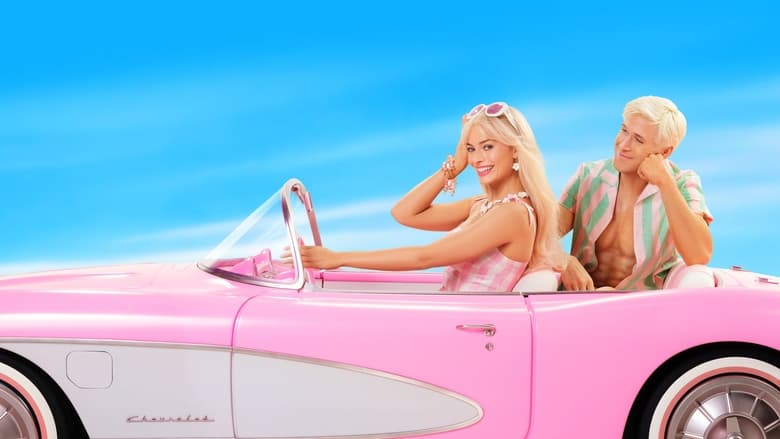A tramp steals a girl's handbag, but when he tries to pick Charlie's pocket loses his cigarettes and matches. He rescues a hot dog man from a thug, but takes a few with his walking stick. When the thief tries to take some of Charlie's sausages, Charlie gets the handbag. The handbag makes its way from person to person to its owner, who is angry with her boyfriend who didn't protect her in the first place. The boyfriend decides to throw himself in the lake in despair, so Charlie helps him out.


Similar titles

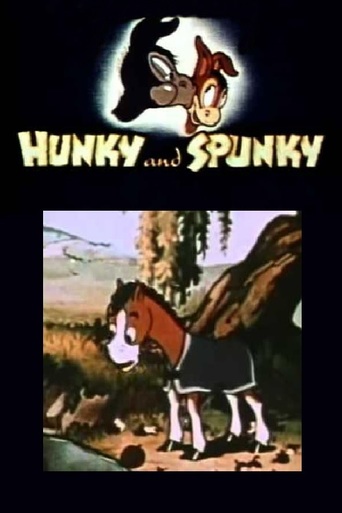

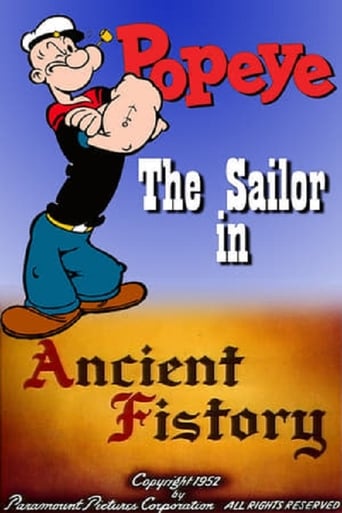

Reviews
"In the Park" is a 14-minute short film from 1915, so this one is already over 100 years old and of course, this makes it a black-and-white silent film. The director here is Charles Chaplin and he is also one of the cast members. But this film focuses on several other characters too and there are many scenes where you see 3 people on the screen, so it's far from a mere Chaplin showcase. But maybe it is just too much for this duration: too many actors, too many plot twists etc. The fact that it is really just one location, namely the one in the title, cannot make up for that. Overall, I also felt that the slapstick comedy here wasn't really great and that there was a great deal of scenes that added almost nothing overall, which is why I think the film even dragged a bit at times. And the problem of lack of enough intertitles, so we know what is going on and actually at least partially understand what they were saying, even if we only get to read 1 out of 10 sentences we see them speaking. I may not be the biggest fan of the silent film greats, but I have seen much better stuff from that era for sure. You really need to dig Chaplin almost to a fanboy/-girl level to see any real value in this quarter of an hour. It's a shamed it turned out so forgettable as the cast includes many prolific and successful actors next to Chaplin. But I give the overall outcome a thumbs-down here. Not recommended.
During my childhood in the sixties and seventies, I was surprisingly familiar with the silent comedies made by the likes of Charlie Chaplin, Ben Turpin, Harold Lloyd, Buster Keaton and the Keystone Kops, as these films were still regularly shown on television at this period. Although I and some of my friends used to enjoy them, I don't think that they were mainly aimed at children. The target audience were probably older people of my grandparents' generation who would have had nostalgic memories of such films from their own youth in the 1910s and 1920s, and it is probably the passing of that generation which has been responsible for their virtual disappearance from terrestrial television. Even on specialist movie channels they only turn up rarely, although the internet now offers new possibilities for watching them."In the Park" is an early Chaplin short from 1915, which not only stars the great man but was also written and directed by him. I don't think that Charlie is supposed to be a tramp in this film but he wears the costume- bowler hat, walking stick, baggy trousers and toothbrush moustache- which were associated with his "Little Tramp" character. As the title suggests, the action all takes place in a park. There isn't really a good deal of plot, just a series of visual gags revolving around Charlie, a remarkably incompetent pickpocket, a hot dog vendor, a policeman, a courting couple and a nursemaid (played by Edna Purviance, one of the silver screen's first sex symbols).I call them "gags", although actually there is nothing particularly funny about any of them. Indeed, what struck me most forcibly about the film is just how unfunny and mean-spirited the attempts at humour are. Chaplin obviously assumed that the best way to get laughs was to kick someone, throw a brick at them or to push them into a pond. When he isn't committing criminal assault on his victims he is trying to steal their property. Why my grandparents' generation found this sort of thing funny is a mystery; I can only assume that in 1915 the cinema was such a novelty that people would flock to whatever was on offer, regardless of quality. Chaplin could do much better than this.
It is easy to dismiss IN THE PARK as yet another footnote in Chaplin's admittedly long list of rather casual products early on in his career; the comedian himself would probably be the first one to do so. Indeed, the apparent reversion to the Keystone-days (days which were in fact not so far behind at this time) is not accidental. The film had more or less been forced upon Chaplin, in order to meet the demands of schedule as he had, in the eyes of the Essanay Company, spent an intolerable amount of time on his previous effort. Like the later film BY THE SEA, this not quite coherent chronology of fast-paced gags serves as little more than a so-called "program-filler," even if added into a cavalcade of Chaplin-shorts. That being said, IN THE PARK has its moments --moments within a moment, you may say-- and does undeniably possess potential as a fun flick.Without time to develop his character, the occasional glimpses of complexity that Chaplin had attributed the Tramp (I suppose it's that way around?) in some previous Essanay-films are here non-existent. Charlie is brought back to his carefree days, when he regarded anything and everything as intuitive and mechanical as himself (and it usually was). He is not very appealing, in other words; he intervenes in the affairs of two lovers, throws bricks at innocent by-passers, and makes awful grimaces at leading lady Edna Purviance for no apparent reason whatsoever. When Charlie helps a man to commit suicide by kicking him out in a lake, whereupon he gallantly lifts his hat and leaves, we are presented with an obvious but nonetheless fascinating contrast to the Tramp's far more likable personality of the mature years; how different would he not react when a certain drunken millionaire tried the same thing in CITY LIGHTS?In short, the best advice I can give anyone eager to enjoy this comedy is to stay as neutral as possible, and try to avoid any comparison to Chaplin's later work. Just lean back and wait for the good bits to turn up. Charlie's slick, impulsive satyr dance following Edna's granted kiss is often referred to, but my favorite moment occurs early on: a rather dazzling-looking pickpocket searches Charlie's pockets, unaware that the victim has noticed him and does in fact search HIS pockets in the meantime. Quite matter-of-factly, Charlie snaps a cigarette out of the thief's pocket and lights it with finesse. While in high school, I 'borrowed' this bit into a stage act in which I performed and received belly laughs. While comic performers usually feel most satisfied when they get applause for their own material, I must admit I found it just as thrilling to earn laughs for a gag taken from a Chaplin-film, proving (once again) that his comedy lives on; and no less so when taken from such an obscure and neglected piece as IN THE PARK.
***SPOILERS*** ***SPOILERS*** In The Park starts off with a scene that is very similar to one of Chaplin's other short films, By The Sea, where Charlie comes across a woman who is involved with another man. In this scene, Charlie approaches her and flirts with her while her oafish husband is temporarily away, and when he comes back, an argument ensues that ends with Charlie getting knocked backwards over a park bench. After this, however, the remainder of the film takes place in the apartment building where all three people live, even right across the hall from each other (seems strange that they don't know each other).The thing that really takes away from this film is that there is so much that happens during the film that does not make much sense and is not explained, even in the limited way that is available in a silent film. For example, after having encountered the couple in the beach and after they have stormed off, Charlie staggers back home as though he is drunk, but we never see him drink, other than in an amusing attempt to drink from a water fountain in the park at the beginning of the film. When he gets to the hallway (which can be recognized as the exact same hallway as was seen in another of Chaplin's short comedies, called The Rounders), he accidentally wanders into the wrong room, thinking it's his (maybe it's because that was his room in The Rounders?), and continues with his unexplained drunken behavior. He picks up a bottle, pours something out of it onto his hat, combs his hat briefly, and then drinks from the bottle. Clearly, this is something that is not uncommon to see Chaplin do in one of his films, but we have no idea why he is acting like that.Charlie eventually finds his way back to his own room, undresses at length, and crawls into bed, even though it could not have been more than half an hour since he was in the park, at which point it was broad daylight. As he is about to go to sleep, the other man's wife sleepwalks into his bed, and the better segment of the film follows. It is hilarious to watch Charlie trying to get this man's wife back into her own room without her husband finding out, and the scenes in which this happens are much better than the film as a whole, even though this also leads to more confusion as to what exactly is happening. The police wind up getting involved, and the film seems to end right in the middle of the final conflict. While it's obvious that In The Park does not compare to the high quality of the majority of Chaplin's early silent comedies, the style and the skill are unmistakable. Even though this movie has more than it's share of unfortunate shortcomings, Chaplin's presence alone makes it a very entertaining film.
